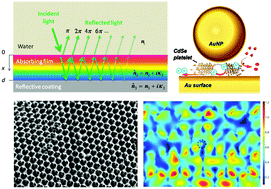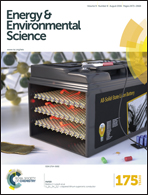Photonic nanostructures for solar energy conversion
Abstract
Photonic nanostructures, manipulating and confining light on the nanometer scale, provide new opportunities to improve the efficiency of solar energy conversion. Optical microcavities confine light to small volumes by resonant recirculation. Plasmonic metal nanostructures with surface plasmon resonances can act as antennas to localize optical energy and control the location of charge carrier generation. Photonic crystals can enhance the interaction of light with a semiconductor. Integrated photonic crystals and the plasmonic effects of micro-structural materials may have a superposition effect in controlling light. Some applications and practical examples with respect to improving the efficiency of solar energy conversion with photonic nanostructures have been reviewed, demonstrating how such structures can enhance light absorption and improve the generation and separation of photoexcited charge carriers in photocatalytic degradation, solar water splitting, photovoltaic devices and CO2 photoreduction. Distinct from other published reviews, we simultaneously discuss several different types of photonic nanostructures in order to show the similarities and differences of photonic structures for solar energy conversion. Furthermore, the combination of different types of photonic nanostructures for developing more efficient solar energy conversion systems is discussed and explored.


 Please wait while we load your content...
Please wait while we load your content...